You simply can’t measure the religious significance of Jerusalem for the Jewish people. Jerusalem has been the holiest city in Judaism and a spiritual center for the Jewish people since the 10th century BCE. So many heroic events took place here and we would explore the city and get to know some amazing stories. But this time I want to start with modern Jerusalem. All the way to the 1948 War. Did you ever hear the name Nissim Gini? Probably not, but it’s ok, this is why I am here for. Let’s start our private Jewish heritage tour of Jerusalem at the Jewish Quarter.
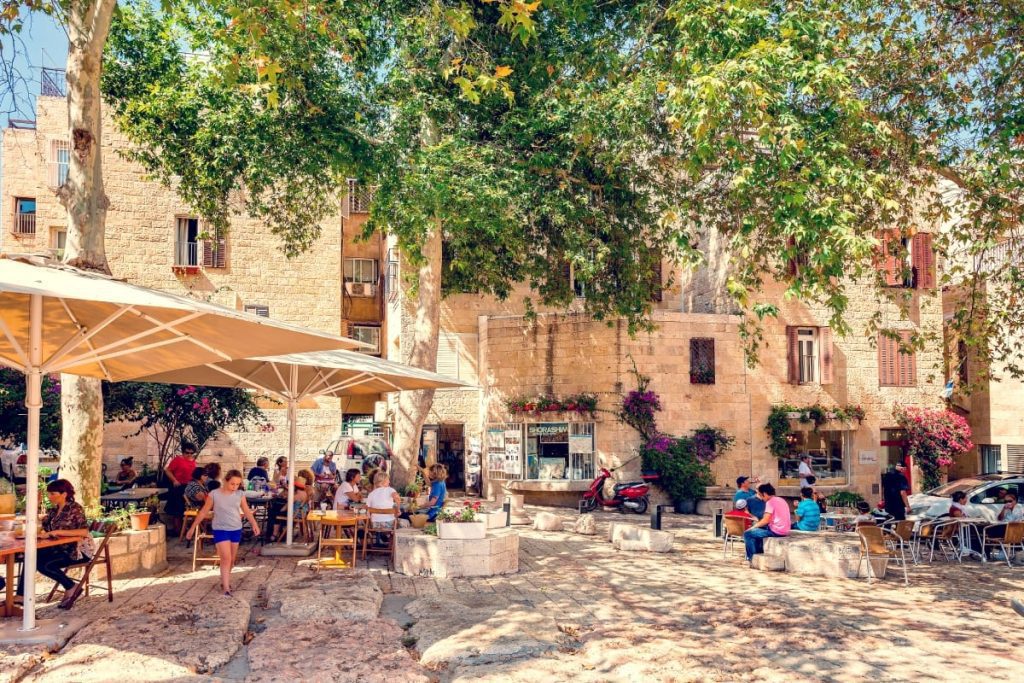
The Grave of the Fallen Defenders of the Jewish Quarter in the 1948 War
The 1948 War is known to be the bloodiest war in Israeli history. One percent died protecting the country, and among that one percent, I want to talk about the youngest one of them all. A ten-year-old kid, Private Nissim Gini, died protecting the Jewish Quarter. Gini was born in 1938, and when the U.N. decided to partition Palestine on November 29th, 1947, the Jewish Quarter was immediately put under siege by the Arabs.
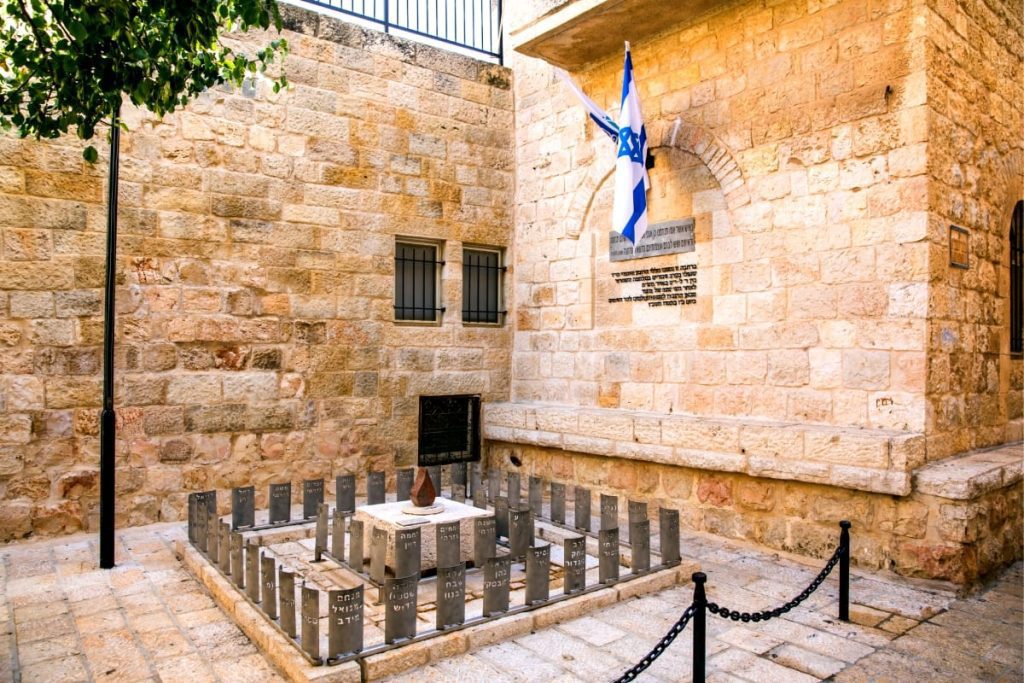
In my Jewish Quarter tour, I like to mention that the chances that the Jewish Quarter could hold its grounds were slim. Many Jews, till the end of December, willingly evacuated, fearing for their lives. At the same time, the Haganah forces were able to smuggle some men inside. At the time, David Ben Gurion insisted not to give up even an inch to the Arabs. He believed that Jerusalem had a symbolic value to the Jewish People, and if Jerusalem fell to the hands of the Arabs, then the Jewish fighting spirit would fall along with it. So he commanded David Shaltiel, the commander at the time, not to retreat under any condition.
Nissim Gini – The Soldier That Died Still With His Milk Teeth
I think a real hero is someone who never thought about himself as such. A real hero is someone who never intended to be one. A regular guy who stumbled upon a situation he did not ask for found some inner strength and did the impossible or heroic act that was way above the call of duty. Well, Nissim Gini was such a case. Things got worse after the declaration of the State of Israel in May 1948. Then, the Jordanian Legion invaded and tightened the siege even more by bombarding it. The first to fall was the Tiferet Yisrael Synagogue.
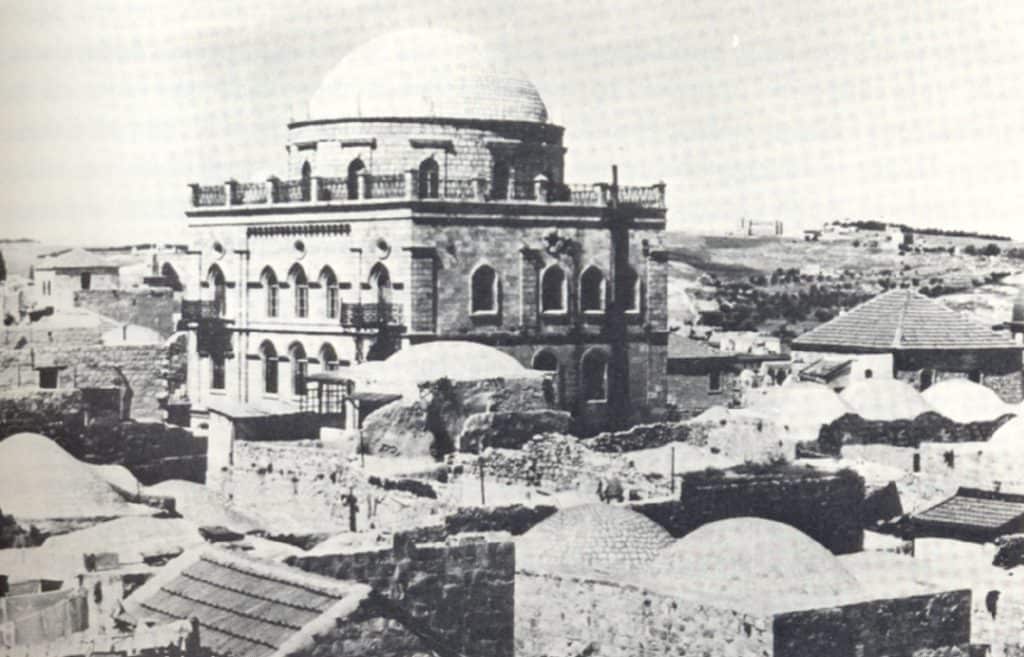
During the War of Independence, the synagogue was used as a post by the Haganah, and the Jordanian Legion blew it up on the night of May 20-21, 1948. House by house, the Jordanian Legions were advancing through, blowing up homes as they tightened the siege. A significant portion of the Jewish population concentrated in underground complexes belonging to the Four Sephardic Synagogues in the Jewish Quarter.
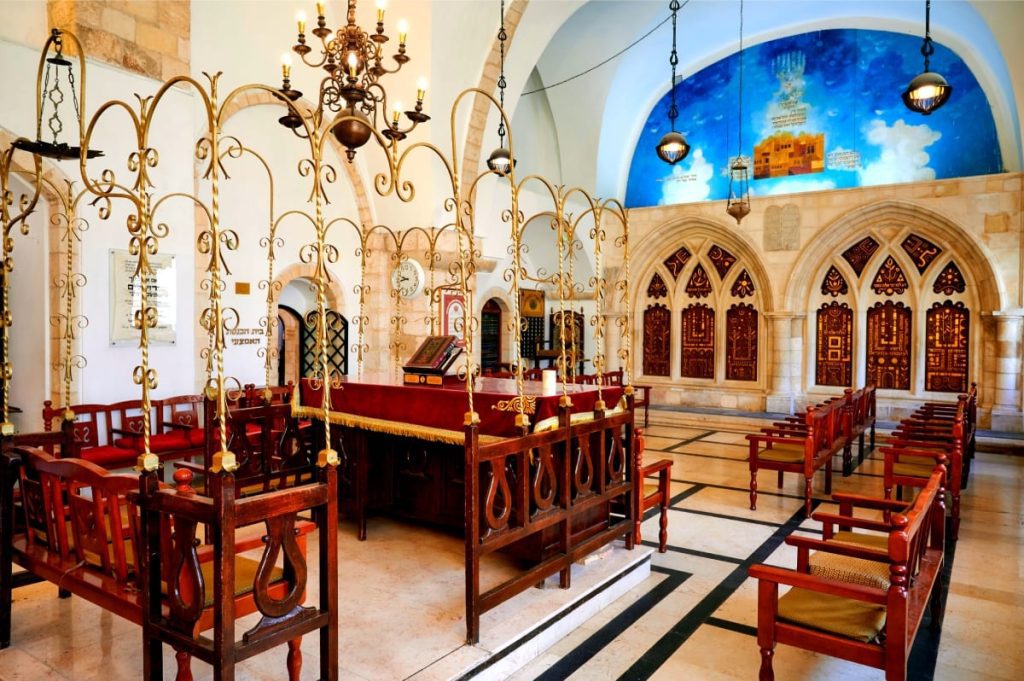
a complex that was relatively protected from the Arab force’s attack. On the 27th of May, the Jewish Quarter was in dire straits. On that day, the Arabs bombed the Hurva Synagogue. Another landmark we will visit on our private Jewish heritage tour was forming about 25% of the Jewish Quarter. Almost no ammunition was left; the stench of dead bodies was hanging in the air. And on that day, Nissim Gini found his death.
Jewish Quarter Tour: The Death of Nissim Gini
Nissim Gini, a ten-year-old boy, was serving as a lookout and radioman. After the kid finished his turn at the guard post as a lookout, he returned to his post, noticing some suspicious movement. When he stuck out his head, he got hit by a sniper bullet. The bullet hit a Mauser pistol, and shreds of metal hit Ginni’s face.
Jerusalem Ultimate Guide
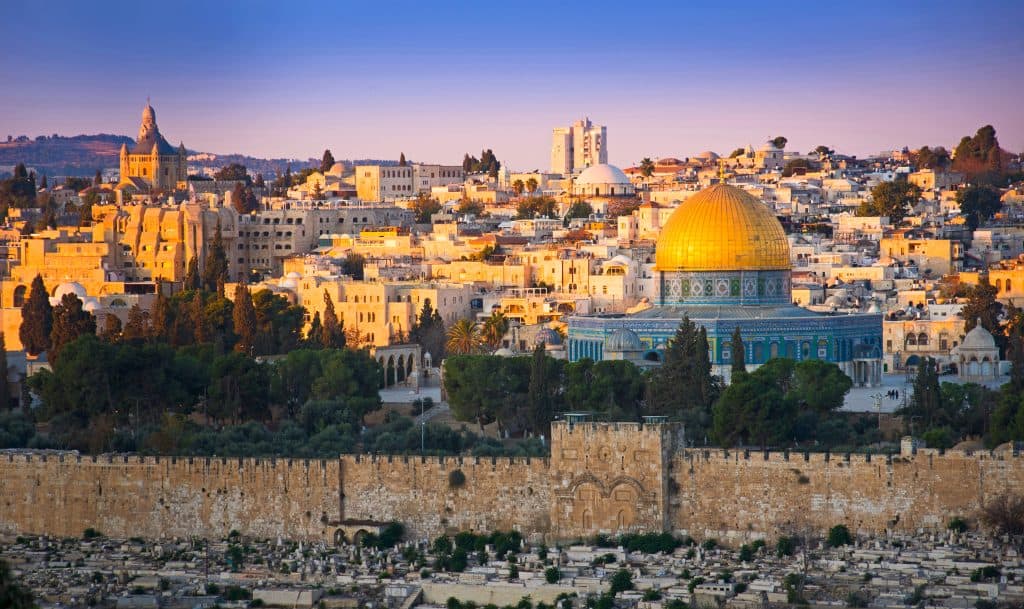
The bullet then penetrated through his cheek and came out from his neck. Also, he was among the eight who hadn’t been able to be laid in a proper burial. So, a local Arab buried them near the Rothschild House, the last position in the Jewish Quarter. Later, after the Six-Day War and the capture of East Jerusalem, Ginni was identified as the only one among the eight who still had his milk teeth. Just a day after his death, on May 28th, the Jewish Quarter surrendered, and those still living were taken to Jordan as war captives. A true hero he was, may he rest in peace.
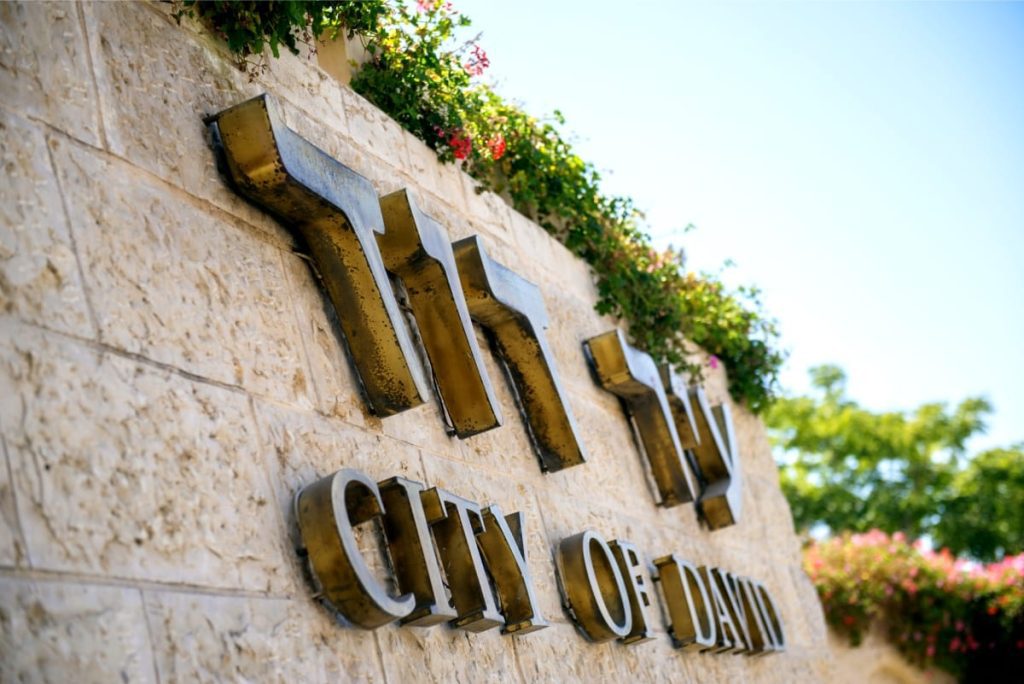
Jewish Quarter Tour: The City of David Where It All Began
After a nice lunch at Machne Yehuda Market, let’s return to where it all began. And I mean the City of David. There are many beautiful stories to tell here that bring the bible back to life. A place to begin with is where Eilat Mazar found King David’s Palace. One of the most known events regarding David here in Jerusalem is the famous story of David and Bathsheba. I want to examine this narrative from a literary perspective and try to enlighten my guests on our private Jewish heritage tour of Jerusalem.
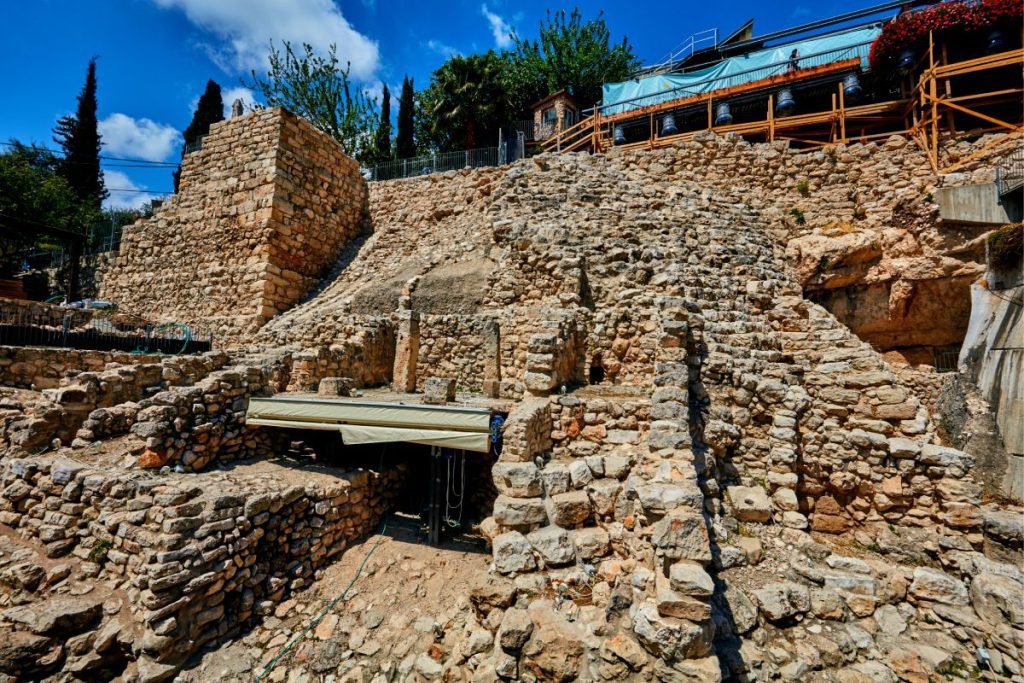
Jewish Quarter Tour: The Story of David and Bathsheba
Closely reading this famous tale next to King David Palace is adequate. Also, we will examine our theme here of heroism. But we will do this by reading the literary text step by step. The story itself, to be quite frank, is quite horrible. David, the king of the United Kingdom, is committing adultery. Moreover, David instructs the murder of her husband, Uriah the Hittite, that he could take her as his wife after David realizes that she is carrying his child. What a mess!
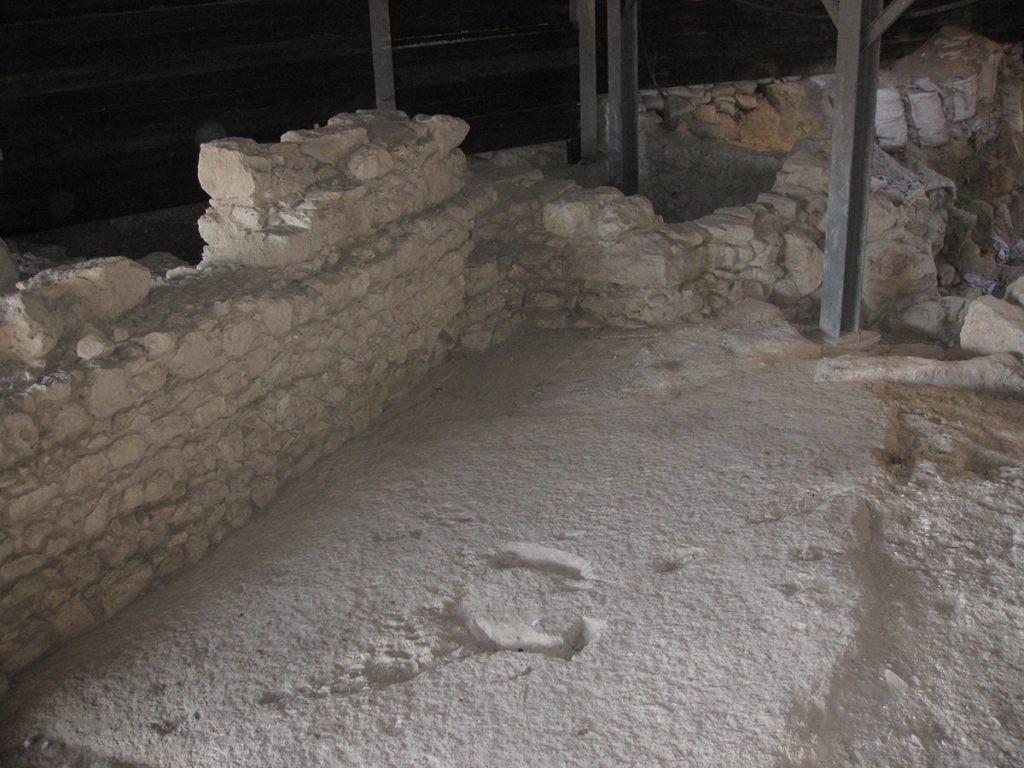
But surprisingly, the biblical narrator is silent about all this and seems not to criticize or comment about David’s wrongdoing. The biblical narrator leaves the interpretation of King David’s actions to the reader. This is not common at all in the bible. It’s enough to compare Job Chapter 1 to the events where we can see the difference between the two narrators. Repeatedly, the narrator uses moral epithets to describe Job.
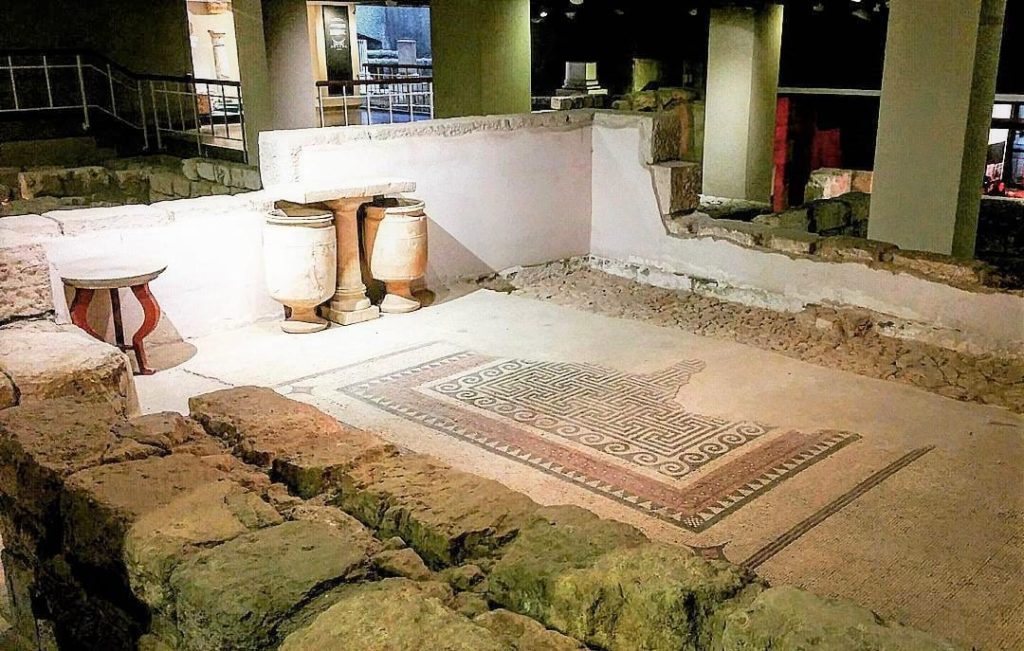
For example, “This man was blameless and upright (Chapter 1:1). Also, the biblical narrator in the story of David and Bathsheba doesn’t use other characters to criticize David. Moreover, the narrator doesn’t share with us the inner thoughts of the main character but only exterior events. This way, the Bible creates gaps in the texts that the reader is meant to fill in during the reading process.
Irony As A Literary Trope
Even Though we know the bible as a whole is not generous in handing out details here it stands out even more that the reader would use his own judgment that without feeling the gaps created in the text he wouldn’t be able to understand the story properly. The irony created in the text and the understatement as a literary trope serve the narrator in this event quite elegantly. But without further adieu, I will give you some examples, while the rest you can read about it in my post titled The Story of David and Batsheva As a Literary Text.
So, even if we just carefully read the exposition, we can see what I mean:
“In the spring, at the time when kings go off to war, David sent Joab out with the king’s men and the whole Israelite army. They destroyed the Ammonites and besieged Rabbah. But David remained in Jerusalem.”
(2 Samuel 11:1)
In this verse, two parts are A-symmetrical. The first part describes the events outside Jerusalem and is quite long. The second part, “But David remained in Jerusalem,” is dramatically shorter. It seems that the text is orienting the reader towards the end of the verse, the leading figure in the story. The irony is also created by the term “when kings go off to war”. Even Though it is just a paraphrase for the springtime, it stands as a sharp contrast to the fact that “(King) David remained in Jerusalem”.

His entire army, Joab, the minister of war, the king’s men who were the bravest, and the Israelite army are off fighting. In this text, there are apparent heroes and those who have failed the test. We will see how in the following chapter 2, Samuel 12, the prophet Nathan by a clever parable, rebukes David for his actions. For the remainder of the day, we will explore the rest of the City of David, including the water systems and its fortifications.








